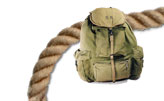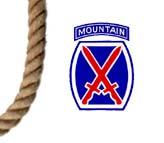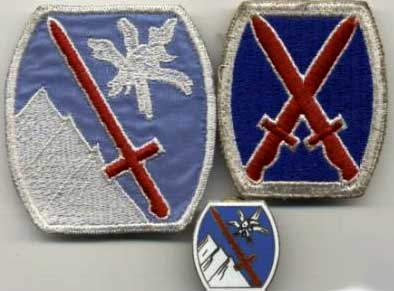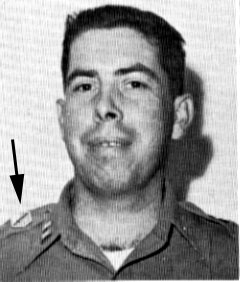 |
 |
 |
 |
 |
 |
| Seen on the Web | ||
| 10th MOUNTAIN DIVISION GROUP US & GERMAN MADE | |||||
 |
|||||
Commentary |
|||||
These insignia are identified as belonging to the 10th Mountain Division, but actually they are from the 10th Infantry Division from between 1954 and 1958. They not from the 10th "MOUNTAIN" division. The 10th Mountain Division was disbanded in November 1945 and ceased to exist until the Army reactivated the division in 1985 as the 10th Mountain Division (Light Infantry). The two "Mountain" divisions are well known to collectors and any 10th Division emblem is usually assumed to come from one of these two units. Between 1945 and 1985, however, the 10th's powder keg and crossed bayonets insignia was worn by the 10th Infantry Division WITHOUT the MOUNTAIN tab or mountain designation. The army activated the 10th Infantry Division at Fort Riley Kansas in 1948 as a training Division. Between 1948 and 1954, 123,000 men completed their basic training with the 10th Division. Can you imagine how many cut-edge WWII type SSI these men wore? That makes the chance of a non-merrowed, 10th Division patch being from WWII astronomically low, but every patch you see is identified as a WWII 10th Mountain Division patch. |
In 1954, the division was reorganized as a combat infantry division and shipped to Germany. They were there until they were disbanded in 1958. As a combat division, many new units were added to the division's table of organization. The division's Special Troops Detachment, which included the staff officers, and other support units, such as Quartermaster, wore the insignia being sold in this auction. Here is photo from the 10th Division's 1957 Annual that shows Captain Arnold Collins, Division G-4 officer, wearing the Special Troops insignia on his epaulets. |
||||
 |
|||||


